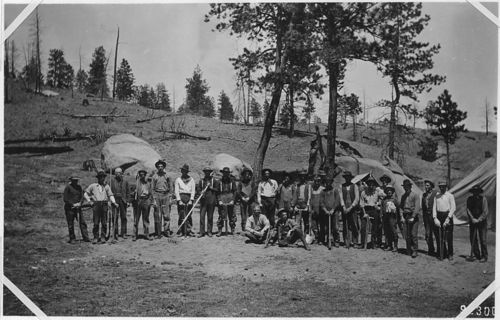Reporting Software Problems, Part 2: Tooling

In the first part of this series we saw an introduction to user problems. In this second and last part we will give a few guidelines for creating a tool to manage a large number of problems.
The Perfect Tool
A reporting tool should report user problems, whatever they are. It should not assume that everything is a “bug unless proved otherwise”. It shouldn’t either put the burden on the reporter that there is a problem: it is too easy to ask the user for confirmation by providing infinite details. Instead, such a tool should be completely agnostic and just let users state their problems.
Some problems may be caused by a missing feature in the software. It is a good practice to let users request new features using the reporting tool, since they are supposed to solve user problems, after all. It is important to be able to mark those problems as “missing features” so the user knows what to expect.
Process Issues
By far, the most important event in the life of a report is the triaging: the report manager has to decide if the report should be taken care of now or later, and assign someone to work on it when the right moment comes. A blocking problem (something which prevents people from doing their job properly) would be given the maximum priority, while cosmetic issues will probably be relegated to valleys of inactivity.
It is important to keep everyone informed about what happens with the report. And by “everyone” we mean “everyone involved, and anyone who wants to keep informed”; their job will probably be affected by the problem. So it is a good idea to keep a notification list (where people may add or remove their address) and use it to mail status updates.
By the way, people involved in the report should be able to add comments to it: the developer may want to ask more information, and the reporter will probably be eager to provide it. Keeping a list of comments associated with the report is also a good idea.
Reversibility is, as always, very important. Any open report can be closed and viceversa.
The Missing Fields
Bug trackers have usually lots of fields. The bugzilla demo has seven fields in its basic interface, and at least 20 fields in the advanced mode (more can be added). Problems in bug management can always be solved by more fields, or so the team imagines.
In the real world reports get usually bloated very quick; the administrative burden for managing them increases with each new field. It is often better to keep optional information in free text fields.
There should be three distinct areas in each report: one for the reporter, another for the triager and a third for the assigned developer. All of them should be visible if someone is interested (and has the necessary clearance in matters of security), but they can be collapsed by default to simplify the user experience.
Priority, Severity and Urgency
The report manager has to decide when a problem will be dealt with, and to do it he or she needs to set a priority. The user should never have the last word, as all users will mark everything as “priority -1000” if needed, even if it is in fact a trivial issue.
It is very easy to get lost in a lot of different concepts that quantify how many people are affected, how severe the problem is and when it will be dealt with. But in fact just one field is enough: an approximate priority with an approximate value of high, medium or low is usually enough.
Prioritization should be done using a different tool, which is just a queue of work given to someone. There is no need to use high, medium or low priorities; just state which problem is the first to be tackled and those that go next. The ideal queue will get a developer busy for a few days before they come back for more; if they get stuck in one problem they can start with the second, and so on.
Traceability
Usually we will keep our code in a repository. While we cannot keep our reports also in the same repo, there are elaborate systems that keep track of which code changes solve which issues, and viceversa.
Unfortunately it is not that easy. Reports can correlate with code changes, what we call “commits”: changes that have been committed (or uploaded) to the repository, and viceversa. But this means that developers must enter manually a commit identifier in every report that resulted in code changes, and a report identifier in every commit that is the result of a report. Lots of work for the eventual case where we may need to look up which commit came with which report.
Wouldn’t it be great to keep reports in the same place as the code, then? This approach has been tried and failed multiple times. Reports are just not easy to store in repos.
All this work may not even be convenient. In my (admittedly limited) experience it is enough to state succintly which report is solved by which commit, so it can be searched later.
More on Problem Reporting
Reporting tools are commonly bloated, inefficient and brittle. Keep it simple to get the best results.
As always, use the comments to add anything that I have left out.